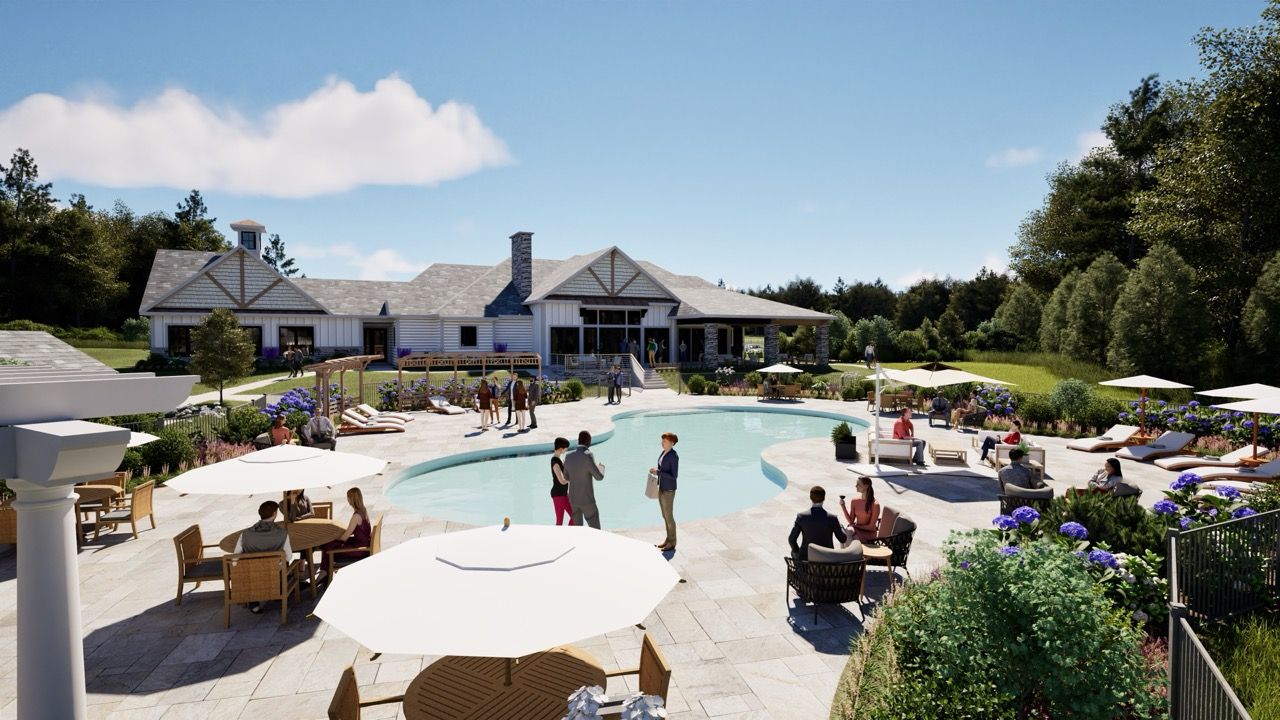Local History: Through Wartime and Beyond, Stillwater Thrives
Though certainly one of the smaller towns in the Capital District, that is by no means to say that Stillwater is without its share of local history. Far from it, the history of Stillwater, NY, is a vital piece to the birth of our nation and to its continued development and prosperity.
Stillwater’s first contribution to the pages of history had less to do with its residents than it did with its roads. Now the “main drag” in town, Hudson Ave was a piece of “the King’s Highway” for centuries serving as a vital path from Albany up to Montreal through the French and Indian war. When the war came to a close, Stillwater began to see the arrival of permanent settlers from Rhode Island and Connecticut. What was once a small trading outpost was quickly blossoming into a riverside market center and this only became more true with the outbreak of the Revolutionary War.
Fighting against the mightiest empire in the world would require majorly increased industrial production and Stillwater rose to meet this rising demand. Saw mills, brick kilns and tanneries popped up across the town to accommodate the needs of the Continental Army, resulting in a growing community of tradesmen and their families. Though many men marched away to fight and sent their wives and families to seek safety in city centers, the war still marked the dawn of Stillwater as a thriving community.
One of the most significant and overlooked details of the Revolutionary War is also Stillwater’s greatest claim to fame. Though many have heard of the famous “Battle of Saratoga”, few are aware that virtually none of the fighting in this epic battle was actually fought in Saratoga Springs. Rather, the most significant and contentious battle of the American Revolution was won in Stillwater, with only the formal surrender of the British occurring in the town of Saratoga.
Following the Revolutionary War, Stillwater continued to develop and thrive. As with most towns in the Capital District, the construction of the New York State Canal System brought work and prosperity to the region and especially so in this small river town, as the new waterways allowed for dramatically improved trade on the Hudson. Over the years Stillwater would be home to folks ranging from congressmen, to professional athletes and even a first lady as Stillwater born Abigail Powers would go on to marry our 13th president, Millard Fillmore.
With its countless historical markers and beautiful architecture, it comes as no surprise to anyone who has set foot in Stillwater that it is a town of true historical significance. From its humble beginnings as a trade road to the current home of its 7,500 residents, Stillwater, NY, has long shaped the history of our beloved nation.
Credit: Ron Cogswell/Flickr Creative Commons License 2.0 Millard Fillmore credit: Cornell University Library/Flickr Creative Commons License 2.0
Share














